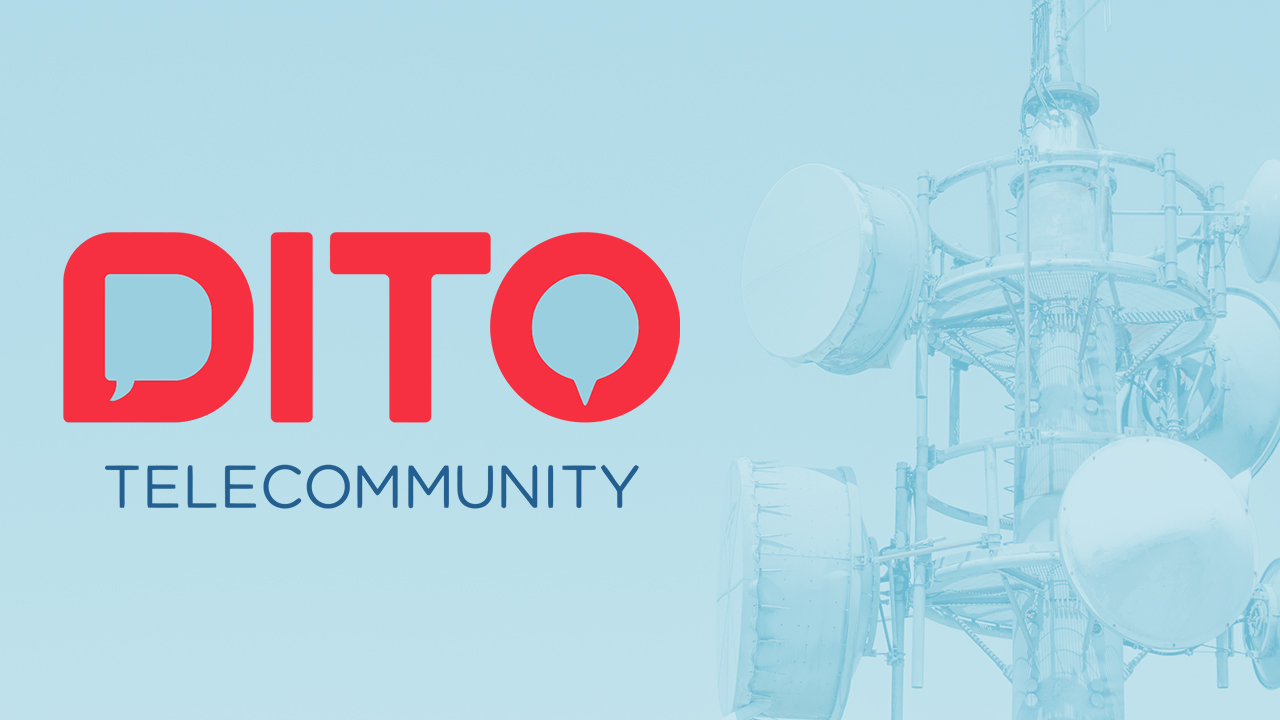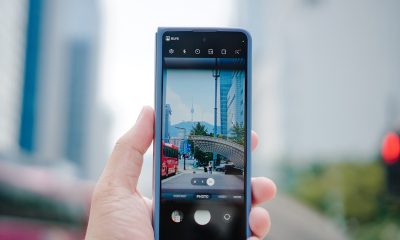News
DITO Telecom shares surge as Globe, PLDT earns PH President’s ire
Shares surge by up to 11%

Last July 27, Philippine President Rodrigo Duterte delivered the penultimate State of the Nation address which contains the usual threats and tirades against companies and individuals. Two of those that received the president’s ire are Globe and PLDT — the Philippines’ biggest telco players. One of the unintended effects of the call-out, it seems, is a surge in interest for DITO Telecom — an up-and-coming telco that has a controversial background.
DITO Telecom had its shares surge last July 28. This comes a day after President Duterte threatened to close down its biggest rivals, PLDT and Globe. The company surged to 11% while its rivals fell 3%.
The surge is a clear indication that companies are wary of the chilling effects that a single threat from the government can do. This month, ABS-CBN — one of the biggest broadcasting networks in the country — shut down operations as Congress refused to renew its license to broadcast. Before its shutdown, President Duterte made pronouncements that their license won’t be renewed.
With Globe and PLDT earning the ire of the president, it doesn’t seem too far-fetched to think that the government may force its hand against these telcos. After all, it has demonstrated in the past that it has the resolve to make good of the president’s pronouncements. Congress may repeat its actions and investigate, or pass laws to the detriment of these two telcos.
Globe Telecom CEO Ernest Cu earlier responded to the Philippine President saying they understand the demand for better service and they are doing their part to deliver.
A telco with a controversial background
DITO Telecom getting a boost from the president’s threat is not surprising. Last 2018, the Philippine government chose the company as the third provisional player. Back then, the company was known as Mislatel Communications. Many critics pointed out that there was a conflict of interest with the selection of the telco. After all, the current owner of the telecom — Dennis Uy — is the biggest contributor to the president’s campaign trail last 2016.
Critics also pointed out the telco’s link to state-run China Telecom. Allegations of a possible security risk popped up since state-run Chinese companies are known for colluding with the Chinese government.
Still, DITO Telecom is setting its sights for a nationwide launch this 2021. With or without the president’s threat, it is up to PLDT and Globe to improve their services. After all, the telecom promises a more affordable price for high-speed Internet.

News
Xiaomi Redmi A3 Philippine pricing, availability
Budget smartphone with high refresh rate display

Xiaomi is bringing high refresh rate displays to its budget line with the announcement of the Redmi A3. The latest addition to the entry-level Redmi line boasts of an expansive 6.71-inch HD+ display with up to a 90Hz refresh rate.
The Redmi A3 is available in Midnight Black, Star Blue, and Forest Green. The smartphone is priced at PhP 3,399 (3GB+64GB) and PhP 3,999 (4GB+128GB) respectively for its two configurations.
Customers may preorder the phone until April 27 via Lazada, Shopee, and TikTok. General sale begins April 26th in all Xiaomi stores nationwide. Freebies are a Basic Piston Earphone for online purchases and a 3-month Viu Premium subscription for in-store purchases.
The Redmi A3’s immersive screen allows users to consume various content in high-definition with better smoothness, a boost for a phone of its price point. The screen has Corning Gorilla Glass 3 protection as well, and DC dimming to reduce blue light exposure.
The phone also sports a refined design that lets go of the iPhone-looking camera arrangement. Instead, the main camera is now in the middle as part of a watch face-looking setup similar to other Android phone offerings.
Speaking of, an 8MP main shooter highlights the back of the Redmi A3. In front is a 5MP front camera. The phone is powered by a MediaTek Helio G36 processor and runs on an Android 14-based OS. Furthermore, it has a 5,000mAh battery with 10W of USB-C charging.
Other handy Redmi A3 features for users to utilize include a 3.5mm jack, Face Unlock, and Fingerprint Unlock.
For the longest time, Google kept Pixel and Android behind two different teams. While the Pixel team dealt with devices made by and for the brand, the Android team ships a product meant for brands outside of the company’s purview. However, the days of separation are at an end. Google is officially merging its Pixel and Android teams together.
In a shocking announcement, the company has confirmed that the teams handling hardware and software will fall under a single team headed by Rick Osterloh. Prior to the merge, Osterloh was the senior vice president of devices and service, which was Google’s hardware branch. He will now oversee both hardware and software.
Because of the new leadership change, Hiroshi Lockheimer, former head of Android, will now move on to other projects within Alphabet. Of note, the change is not harsh for Lockheimer. He and Osterloh had been contemplating on the merge for a while.
Now, why the change? As is the case with everything today, it’s all because of AI. Speaking to The Verge, Osterloh explains that the merge will help with “full-stack innovation.” With how technology is these days, it’s now impossible to develop AI without having a close eye on hardware, such as in Google’s AI developments for the Pixel camera. Merging the teams will help streamline development, especially when hardware is involved.
Despite the change, outside brands, like Qualcomm’s Cristiano Amon, remains confident of Android’s capabilities outside of Google. Just expect more AI coming out in the near future.
Since the Pixel 6 series, Google continues to wow the market as one of the most unique camera designs available in the market today. This year, the brand’s Pixel 9 series might reinvent itself again with a slightly updated redesign.
Between the Pixel 6 and Pixel 8 series, Google introduced a wraparound camera island extending from the left edge to the right edge. While most smartphones today still use the traditional top-left island layout, Google’s lineup consistently grabs admiration from onlookers.
Now, according to an early leak (from Rozetked, via 9to5Google), Google might cut the camera island’s size before it reaches either side of the Pixel 9. The remaining chunk looks like a horizontal pill-shaped camera island right in the middle of the rear panel. It looks like a common camera island comically enlarged and turned on its side. Alternatively, it also looks like a webcam attached to a phone.
Based on the new leak, the new camera island will have three unknown lenses, the usual LED flash, and an unconfirmed sensor. Besides the different camera, the leak also confirms the usual tray of hardware on the side. There’s nothing too revolutionary.
As always, the Pixel 9 series is scheduled to come out in the fall of this year.
SEE ALSO: Pixel 9 series will reportedly come in four models
-

 Features1 week ago
Features1 week agoFortify your home office or business setup with these devices
-

 Events2 weeks ago
Events2 weeks agoStellar Blade: PlayStation taps cosplayers to play Eve for game’s launch
-

 Gaming2 weeks ago
Gaming2 weeks agoThe Rogue Prince of Persia looks like an ultra-colorful roguelite
-

 Accessories2 weeks ago
Accessories2 weeks agoLogitech unveils G Pro X 60 gaming keyboard: Price, details
-

 Gaming2 weeks ago
Gaming2 weeks agoStar Wars Outlaws release date revealed
-

 Reviews1 week ago
Reviews1 week agorealme 12+ 5G review: One month later
-

 Gaming2 weeks ago
Gaming2 weeks agoLenovo confirms development of a Legion Go 2
-

 Deals2 weeks ago
Deals2 weeks agoTCL P635 TV: Big savings for TCL’s anniversary
























